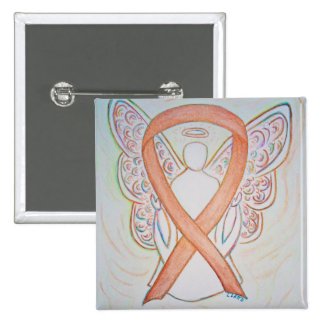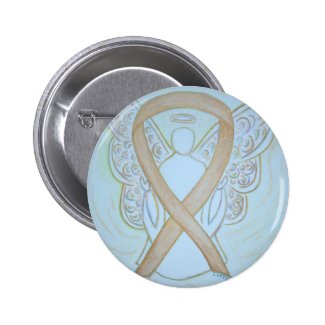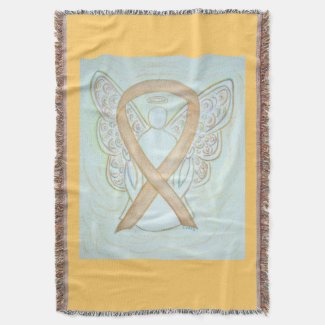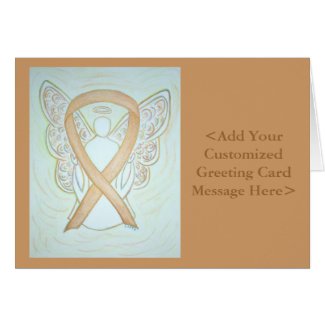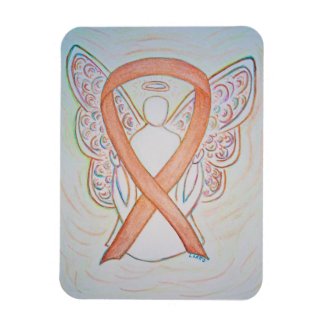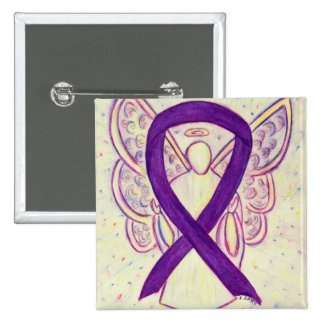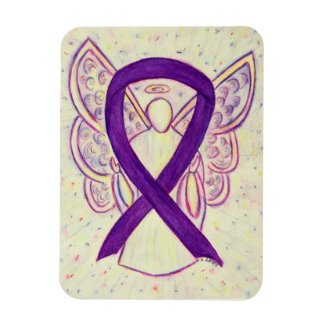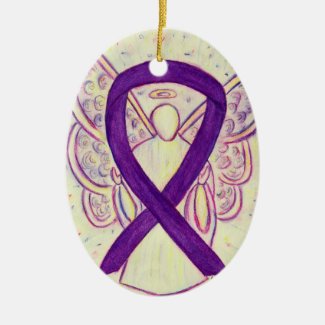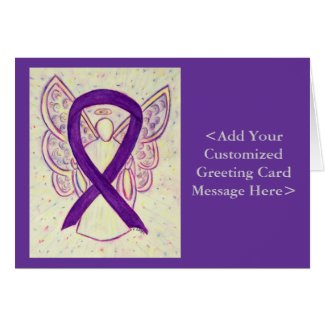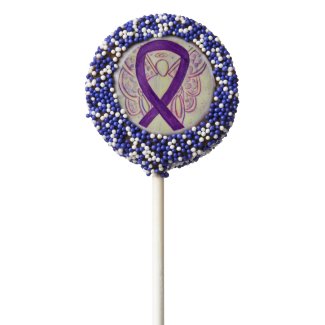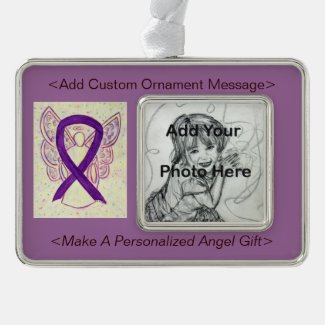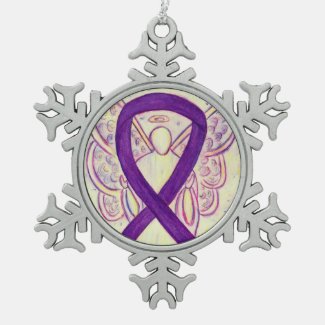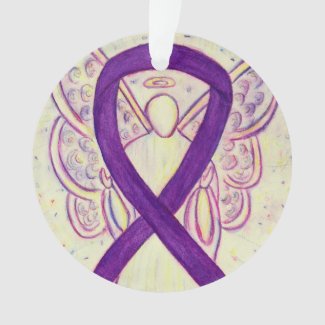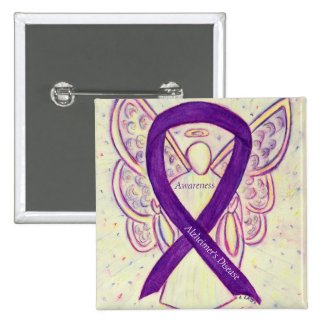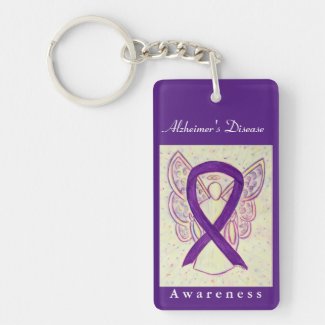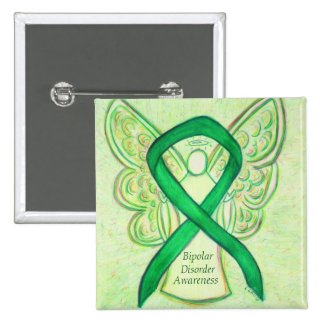 |
| Childhood Cancer Awareness Gold Ribbon Angel Art |
The causes of
childhood cancers are largely unknown. A
few conditions, such as Down syndrome,
other specific chromosomal and genetic abnormalities,
and ionizing
radiation exposures, explain a small percentage of cases. Environmental causes of childhood cancer have
long been suspected by many scientists but have been difficult to pin down,
partly because cancer in children is rare and because it is difficult to
identify past exposure levels in children.
Survival rates for childhood
cancer have risen sharply over the past 25 years. In the United States, more
than 80 percent of children with cancer are alive 5 years after diagnosis,
compared with about 62 percent in the mid-1970s. Much of this dramatic
improvement is due to the development of improved therapies at children’s
cancer centers, where the majority of children with cancer have their
treatment.
Children's
cancer centers are hospitals or units in hospitals that specialize in the
diagnosis and treatment of cancer in children and adolescents. Most children's,
or pediatric, cancer centers treat patients
up to the age of 20. Because childhood
cancer is relatively rare, it is important to seek treatment in centers that
specialize in the treatment of children with cancer.
Specialized cancer
programs at comprehensive, multidisciplinary cancer centers
follow established protocols (step-by-step guidelines
for treatment). These protocols are carried out using a team approach. The team
of health professionals is involved in designing the appropriate treatment and
support program for the child and the child's family.
In addition, these
centers participate in specially designed and monitored research studies that
help develop more effective treatments and address issues of long-term
childhood cancer survival.
The above information is from the National
Cancer Institute (NCI) at the National Institutes of Health.
May this Gold Ribbon Angel help bring
Awareness to Childhood Cancers! September
is Childhood Cancer Awareness Month.
Read more online at http://www.cancer.gov/cancertopics/types/childhoodcancers
Buy this Gold Awareness Ribbon Angel on the Awareness Gallery Zazzle Gift Store or CafePress Unique Gifts Store!
View the images and pictures on the Gold Awareness Ribbon Pinterest Board.
Buy this Gold Awareness Ribbon Angel on the Awareness Gallery Zazzle Gift Store or CafePress Unique Gifts Store!
View the images and pictures on the Gold Awareness Ribbon Pinterest Board.

